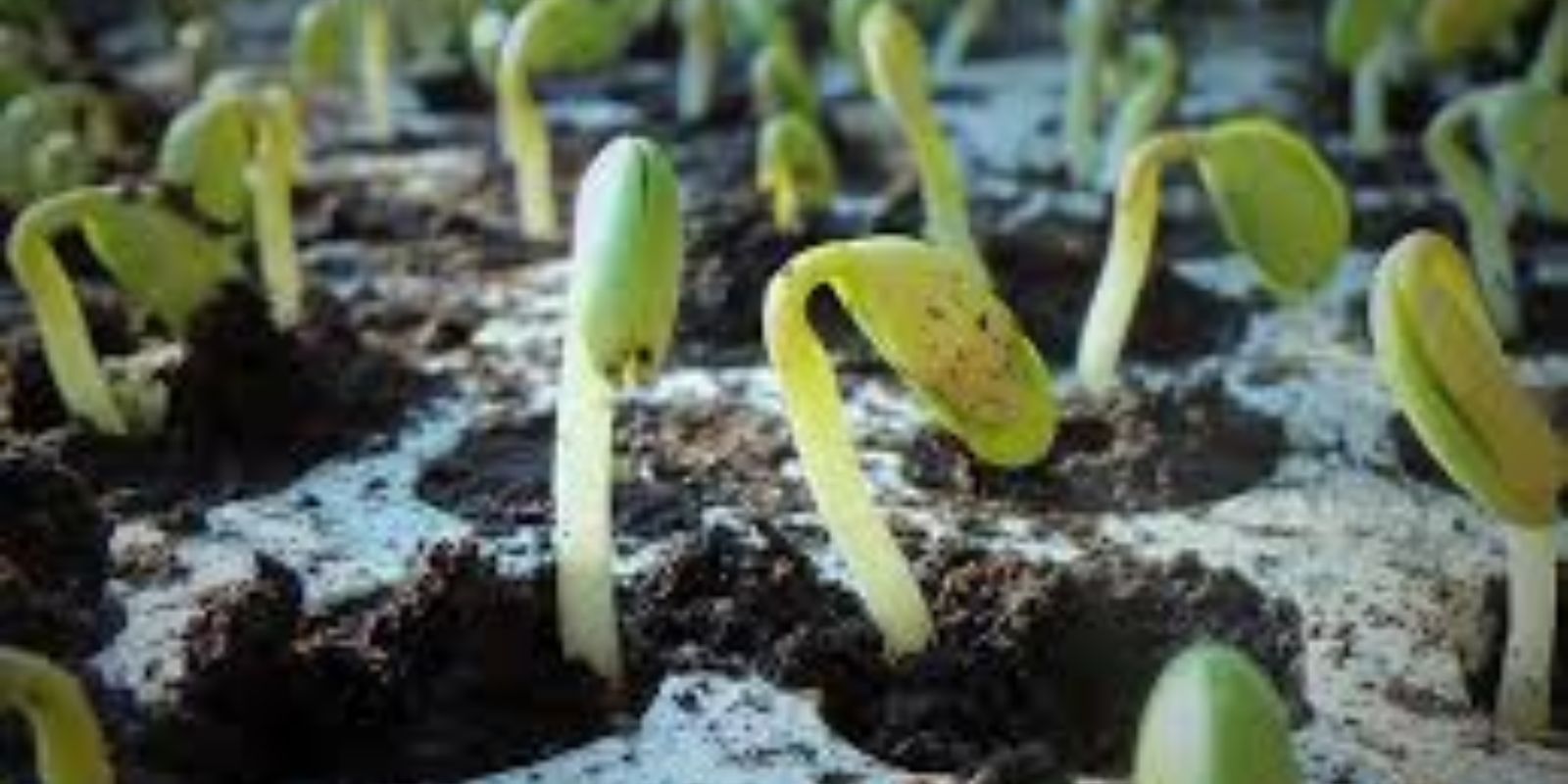Starting plants from seed is a rewarding and cost-effective way to grow your garden. However, seed germination can sometimes feel like a mysterious process. Why do some seeds sprout effortlessly while others refuse to budge? The key lies in understanding the conditions seeds need to germinate and applying simple techniques to optimize the process.
This article dives deep into the science of seed germination, provides practical steps to improve your success rate, and offers expert tips to nurture healthy seedlings.
The Science of Seed Germination
Seed germination is the process by which a dormant seed awakens and begins its journey to becoming a plant. For germination to occur, a seed requires the right balance of water, oxygen, temperature, and sometimes light.
- Water: Seeds absorb water through their outer coating, a process called imbibition. This triggers the enzymes and hormones needed for growth.
- Oxygen: Germinating seeds require oxygen for respiration to fuel their development.
- Temperature: Most seeds germinate within a specific temperature range, usually between 65°F and 75°F (18°C–24°C).
- Light: Some seeds need light to germinate, while others prefer darkness.
Understanding these factors allows gardeners to create the perfect environment for their seeds to thrive.
Proven Techniques to Improve Seed Germination
1. Pre-Soak Your Seeds
Pre-soaking seeds in water for 8–12 hours helps to soften their hard outer shell, making it easier for moisture to penetrate. This technique is especially effective for seeds with thick coats, such as beans, peas, and sunflower seeds.
- Use lukewarm water for soaking, as it encourages quicker absorption.
- Avoid soaking for more than 24 hours, as it may lead to rotting.
2. Scarify Tough Seeds
Scarification involves lightly scratching or nicking the seed coat to help water reach the embryo inside.
- Use sandpaper, a nail file, or a small knife to gently abrade the surface of the seed.
- Focus on seeds with particularly hard shells, like morning glory or nasturtium.
3. Stratify Seeds That Need a Cold Period
Certain seeds, like lavender, thyme, and some tree species, require cold stratification to mimic winter conditions.
- Place seeds in a damp paper towel inside a plastic bag and refrigerate them for 4–6 weeks.
- After this period, plant the seeds as usual in soil or seed-starting mix.
4. Use the Right Growing Medium
Seed-starting mix is specifically designed to provide an ideal environment for germination.
- Choose a light, well-draining mix that retains moisture without becoming waterlogged.
- Avoid using garden soil, as it may contain pests or pathogens harmful to young seedlings.
5. Maintain Consistent Moisture
Seeds need consistent moisture to germinate but are sensitive to overwatering.
- Keep the soil damp, not soggy, by misting it with water.
- Cover seed trays with plastic wrap or a humidity dome to retain moisture until the seeds sprout.
6. Provide Optimal Temperature
Most seeds germinate best within a specific temperature range. Use a heat mat to maintain consistent warmth.
- Place the mat under your seed trays, setting it to the ideal temperature for the seeds you’re growing.
- Remove the heat mat once seedlings emerge, as excessive heat can damage them.
7. Ensure Adequate Light
Once the seeds germinate, they need light to grow strong and healthy.
- Use a grow light or place seedlings near a sunny window.
- Keep the light source 2–3 inches above the seedlings to prevent them from becoming leggy.
Troubleshooting Common Germination Problems
Problem: Seeds Not Germinating
- Cause: Incorrect temperature, old seeds, or insufficient moisture.
- Solution: Check seed packet instructions for optimal conditions and test seed viability by placing them in water; viable seeds usually sink.
Problem: Mold on Soil Surface
- Cause: Excessive moisture or poor air circulation.
- Solution: Allow the soil to dry slightly between waterings and ensure good ventilation.
Problem: Leggy Seedlings
- Cause: Lack of adequate light.
- Solution: Move seedlings closer to a light source or use a grow light.
Advanced Tips for Boosting Germination
1. Try Hydrogen Peroxide Soaks
Soaking seeds in a diluted hydrogen peroxide solution (1–3% concentration) for 10–15 minutes can help disinfect seeds and improve germination rates.
2. Use Bottom Watering
Instead of watering from the top, place seed trays in a shallow dish of water. This encourages roots to grow downward and prevents surface mold.
3. Experiment with Seed Priming
Seed priming involves soaking seeds in a nutrient-rich solution before planting. This can accelerate germination and enhance seedling vigor.
4. Label Your Seeds
If you’re planting multiple varieties, label each tray or container to track their progress and understand which methods work best.
Caring for Germinated Seeds
Once your seeds sprout, they transition from the germination phase to seedling growth. To ensure robust plants:
- Thin Seedlings: Remove weaker seedlings to allow the strongest ones to thrive.
- Transplant Carefully: When seedlings outgrow their trays, transplant them to larger pots with minimal root disturbance.
- Harden Off Seedlings: Before moving seedlings outdoors, gradually expose them to outdoor conditions over 7–10 days.
Conclusion
Improving seed germination doesn’t have to be a daunting task. By understanding the specific needs of your seeds and applying these tried-and-tested techniques, you can achieve a higher success rate and grow healthy, thriving plants. Whether you’re a novice gardener or an experienced green thumb, these methods will help you unlock the full potential of your seeds.
Have you tried any of these tips, or do you have a secret germination hack? Share your experiences and inspire fellow gardeners to grow with confidence!
#SeedGermination #GardeningTips #GrowFromSeed #PlantCare #SeedStarting #GardeningHacks #EcoFriendlyGardening #GardenSuccess

